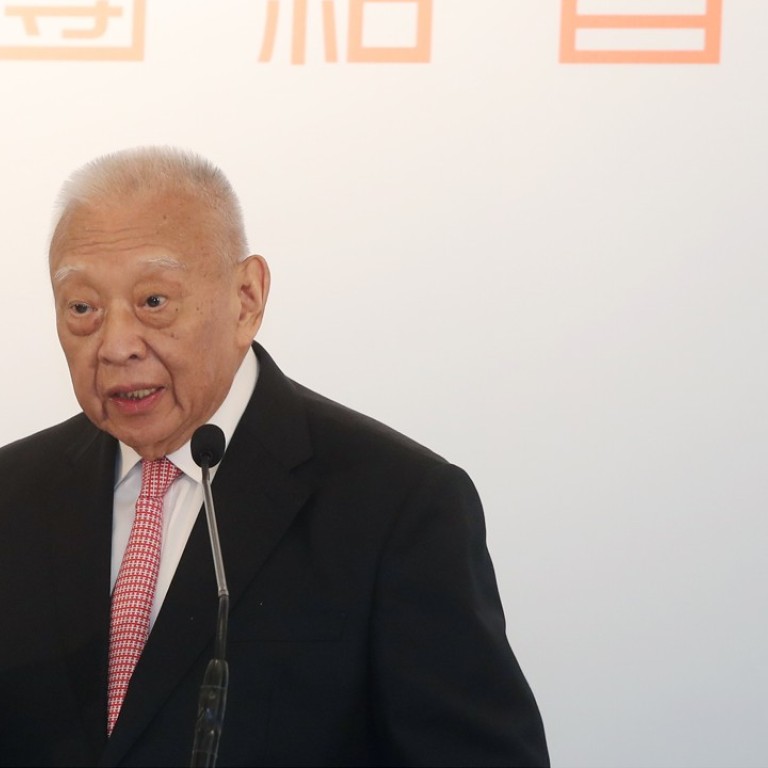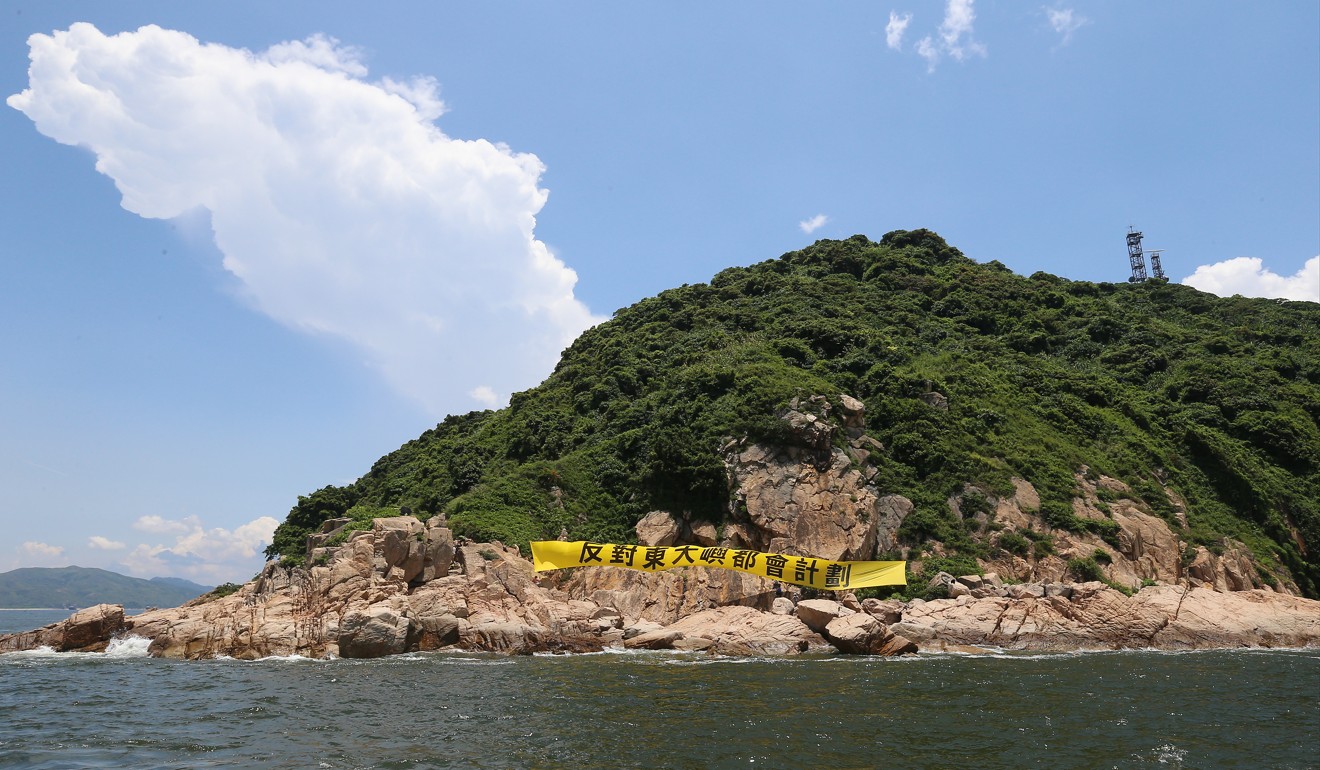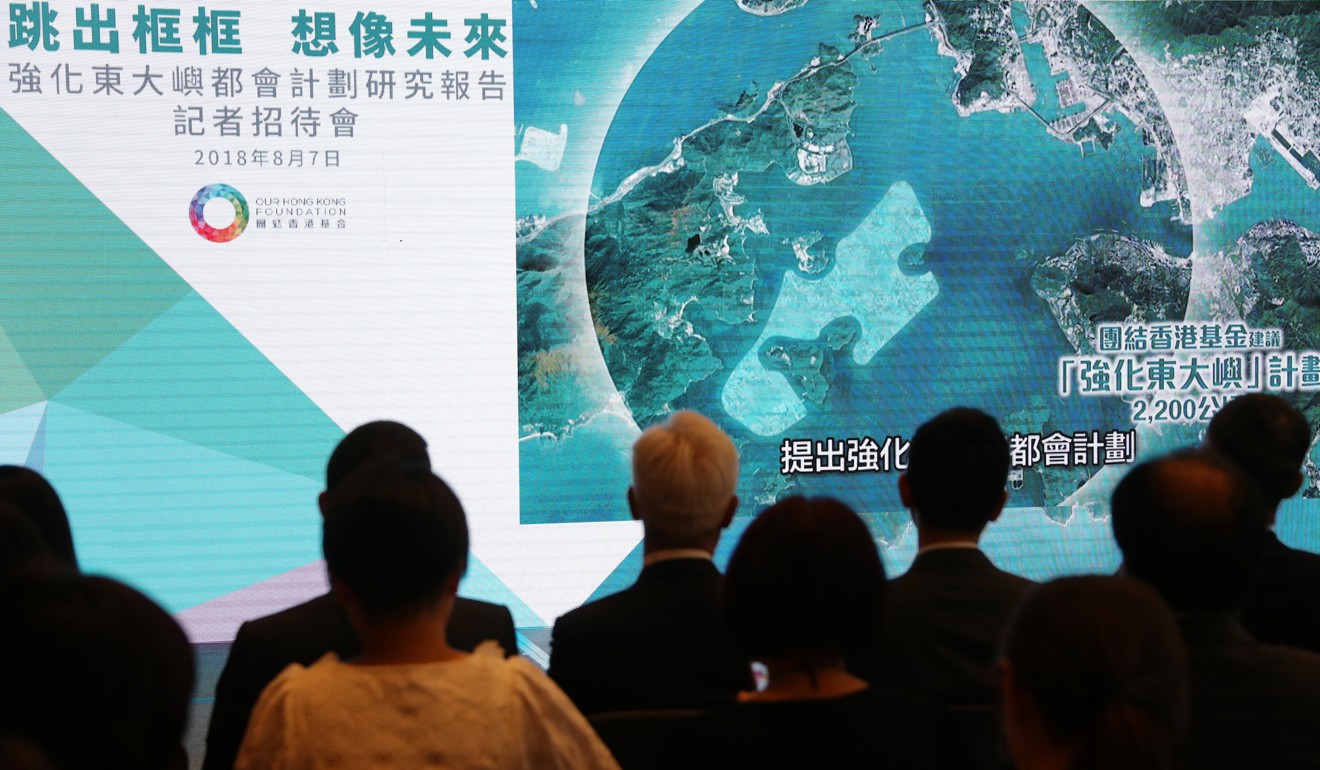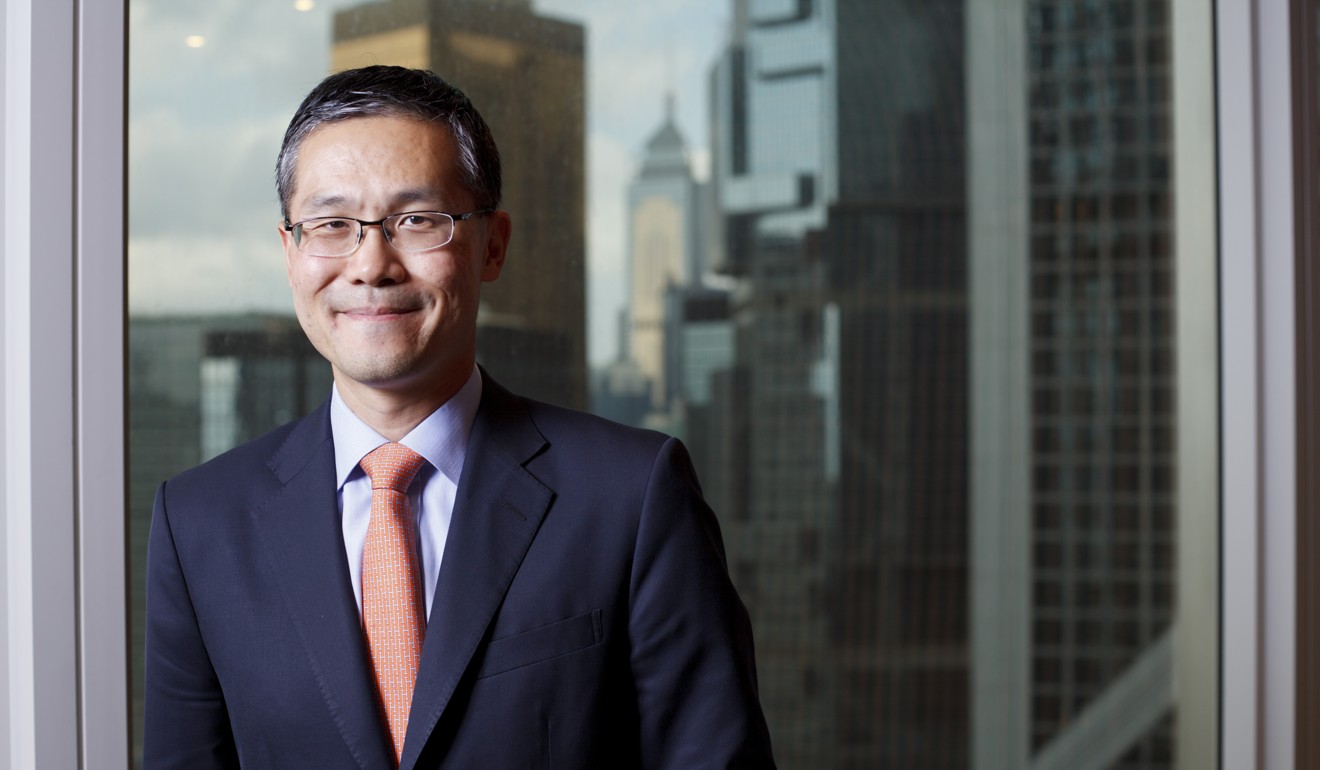
Artificial island half the size of Kowloon could house 1.1 million Hongkongers in new proposal
Proposal to reclaim 2,200 hectares off Lantau Island in phases touted as ‘most effective’ for city
A think tank led by Hong Kong’s first chief executive has partnered with three major global consultants to propose reclaiming 2,200 hectares of land for housing to the east of Lantau Island in what would be the largest project of its kind in the city’s history.
The proposed artificial island would house 1.1 million people, being half the size of Kowloon and twice that of the East Lantau Metropolis the government plans to build in the 2040s by reclaiming and combining two islands east of Lantau.
The think tank, Our Hong Kong Foundation, and its research partners on Tuesday said the project, aimed at easing the city’s acute shortage of affordable housing, could be worked on in phases and described it as a game changer.
“High property prices have severely affected people’s livelihood,” said Tung Chee-hwa, the think tank’s founder, who led the city as chief executive from 1997 to 2005.

“Many people are forced to live in subdivided housing, with a wide gap between the rich and the poor. We must think of solutions to address the status quo.”
The foundation concluded one answer would be reclamation outside Victoria Harbour, Tung said, though he conceded such an effort would take time. He suggested that short-term solutions such as realising the potential of privately owned farmland in the New Territories and developing damaged agricultural land – referred to locally as a brownfield site – would also be necessary.

But transport experts said the foundation’s 14-year timetable for building the new island might be too ambitious, while environmentalists slammed the plan for overlooking the impact of reclamation on marine ecology and the environment, warning of “irreversible damage”.
Joe Ngai, senior partner of McKinsey & Company, which contributed to the think tank’s report, suggested building up a land bank “would be a good strategy” to boost living quality and create space for new industries.
“We are not excluding any short-term land options [listed by the government in a major public consultation on finding or creating more land for housing] but this is the most effective option among all medium- and long-term ones,” Ngai said.

The foundation’s other research partners are international engineering firm Arup and environmental consultant ERM.
While one-third of the new land created would be allocated for housing, 70 per cent of the residential areas would be set aside for building affordable homes, while the rest would be for commercial use, public facilities and new industries.

The foundation said the island could be the city’s third commercial hub after Central and Kowloon East as it would be well connected with roads and railways to both Hong Kong Island and Tuen Mun in the New Territories. Neighbouring mainland Chinese cities such as Nansha and Zhongshan in Guangdong province would be within an hour’s reach.
While the foundation said the project could provide 250,000 to 400,000 flats, closing the city’s accumulated housing shortfall, the entire reclamation would take 14 years, with the first phase ready in 11 years.
ERM also proposed keeping a buffer distance from a few ecologically sensitive areas to minimise the impact on the existing marine environment.
All traffic would be put underground and shorelines incorporated with habitats for diverse species, according to the plan.
The foundation estimated the cost of the project would be about HK$1,360 (US$173) per square foot, compared with between HK$390 and HK$1,560 for resuming private land in the New Territories.
Stephen Wong Yuen-shan, head of the foundation’s public policy institute, said the idea was to build three railways and three motorways connecting the artificial island to western Hong Kong Island, Mei Foo in Kowloon and southern Tuen Mun.
We don’t want to mislead the public to say the exact cost
The cost of reclamation and building the connections was estimated at HK$2,010 per square foot, he added. Arup director Wilfred Lau Wai-tong said the figure did not factor in inflation when considering building materials and labour costs.
This would put the price tag at HK$476 billion (US$60.6 billion), excluding inflation as well as the costs of building other related infrastructure.
Foundation executive director Eva Cheng Li Kam-fun said they did not have an estimate on the project’s total cost.
“It’s a recommendation, not a government policy announcement,” she said. “We don’t want to mislead the public to say the exact cost.”

Cheng added it was not the cost of the project but its value in resolving Hong Kong’s long-term housing problem that mattered most.
The think tank did not have an estimate of the average living space people could enjoy on the artificial island, with Wong only citing the intention to have “relatively relaxing and flexible” conditions.
Joseph Lee Hun-wei, a professor of engineering and public policy at Hong Kong University of Science and Technology, suggested the need for more studies on the ecological and environmental impact.
“Reclamation will definitely affect the surrounding environment,” he said. “There have previously been at best sketchy studies on such impact [east of Lantau].”
Lee also urged a “cautious look” at the effect on marine navigation, rising sea levels and storm surges as influenced by climate change.


